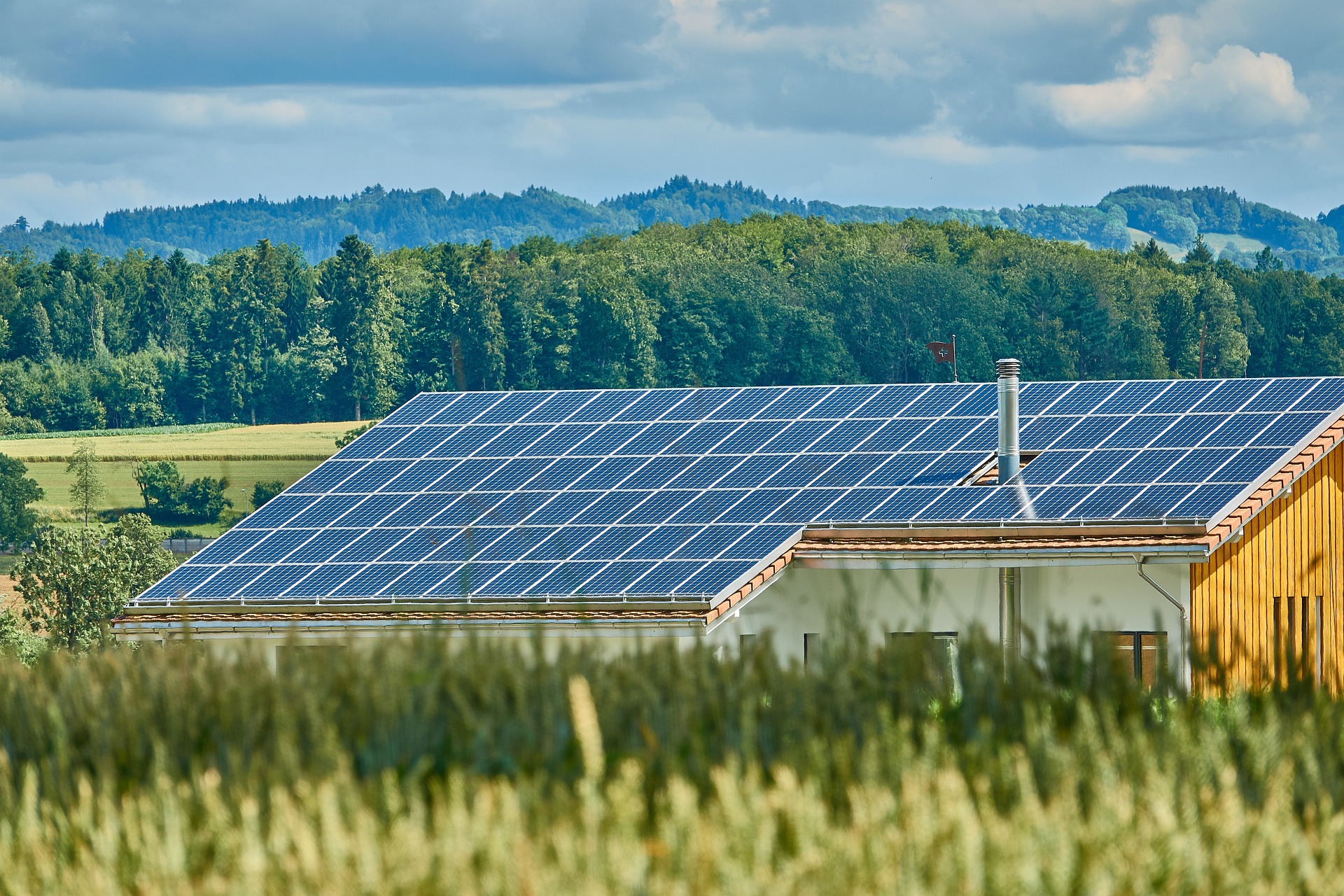Solar panels are made of silicon
Solar panels are made of silicon, a material that is found in sand. In order to create solar panels, the silicon is purified and then cut into thin wafers. The solar panel cells are then created by adding impurities to the silicon wafers. This process is known as “doping.” The solar panel cells are then placed in a solar panel module, which is surrounded by a glass cover. The solar panel module is then placed in an aluminum frame. Solar panels can be used to generate electricity by converting sunlight into electrical energy. Solar panels are often used in conjunction with solar inverters. Solar inverters convert the direct current (DC) output of the solar panel into alternating current (AC). AC can be used to power electrical devices such as lights and appliances. Solar panels can also be used to heat water. Solar water heaters use solar energy to heat water, which can then be used for showers, laundry, and dishwashing.
Silicon is a semiconductor
Silicon is a chemical element that is found naturally in sand and rocks. It’s also a key ingredient in many electronic devices, including computers, cell phones, and solar panels. Silicon is a semiconductor, meaning that it can conduct electric current under certain conditions. When it’s used in electronic devices, silicon is usually combined with other materials, such as oxygen or carbon. This creates a silicon dioxide film that helps to insulate the electric current. Silicon also has the ability to Reflect light, which makes it useful for creating mirrored surfaces. When it’s used in solar cells, silicon helps to convert sunlight into electrical energy.
The production process begins with making a wafer
A silicon wafer is a thin slice of silicon that is used to create semiconductor devices. The production process begins with making a silicon ingot, which is then cut into thin wafers. The wafers are then cleaned and polished before they are sent to the next step in the manufacturing process. Silicon wafers are an essential part of the semiconductor industry, and they are used in a wide variety of electronic devices.
The small pieces are then “doped”
The process of making a semiconductor starts with a very pure silicon crystal. This crystal is then cut into small pieces, which are then “doped” with impurities to create different electrical properties. The doping process involves adding atoms of other elements to the silicon crystal. These atoms replace some of the silicon atoms in the crystal lattice, and they can either add or subtract electrons from the crystal. By carefully controlling the type and concentration of impurities added, semiconductor manufacturers can create materials with a wide range of electrical properties. The next step in the process is to create electrical contacts on the surface of the semiconductor material. These contacts allow electricity to flow into and out of the material, and they are typically made from metals such as aluminum or copper. Finally, the semiconductor material is encapsulated in a plastic or ceramic package to protect it from damage.
Doping creates the solar panel’s p and n layers
When most people think of solar panels, they envision large arrays of blue-tinted glass mounted on rooftops. However, the majority of a solar panel’s surface is actually composed of two thin layers of semiconductor material, known as the p-type layer and the n-type layer. These two layers are essential to the operation of a solar panel, and they are created through a process known as doping. Doping involves adding impurities to the semiconductor material in order to create regions of excess electrons (n-type) or regions of electron deficiency (p-type). By carefully controlling the doping process, manufacturers are able to create solar panels that are highly efficient at converting sunlight into electrical energy.
In Conclusion
The process of creating solar panels begins with the element silicon. Solar panels are made of silicon because it is a semiconductor, which means that it can convert sunlight into electricity. The production process begins with making a wafer, which is then cut into small pieces. These small pieces are then “doped” to create the solar panel’s p and n layers. By understanding the process by which solar panels are made, we can begin to appreciate their importance in our lives and our world.
